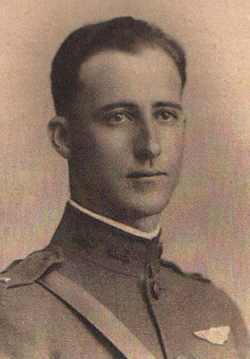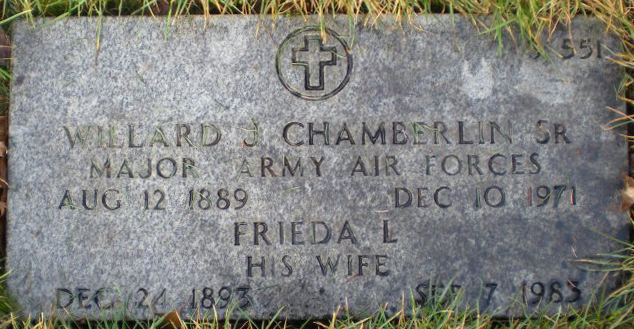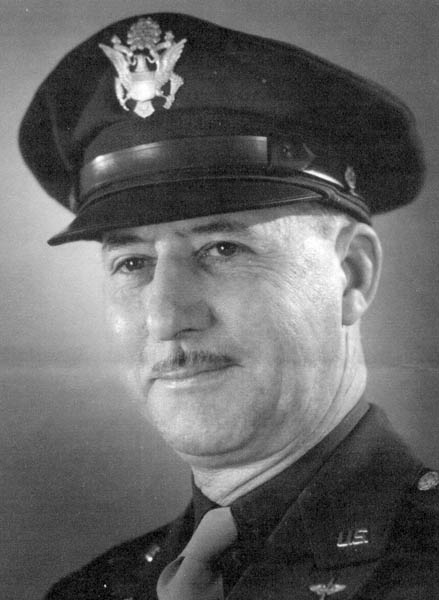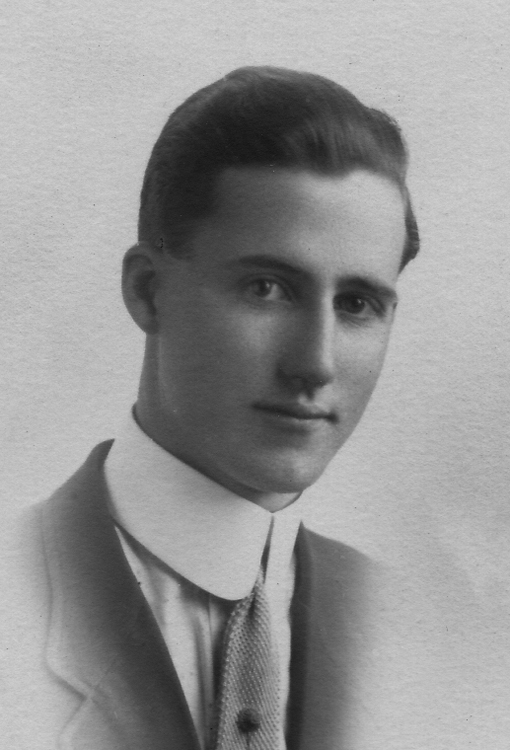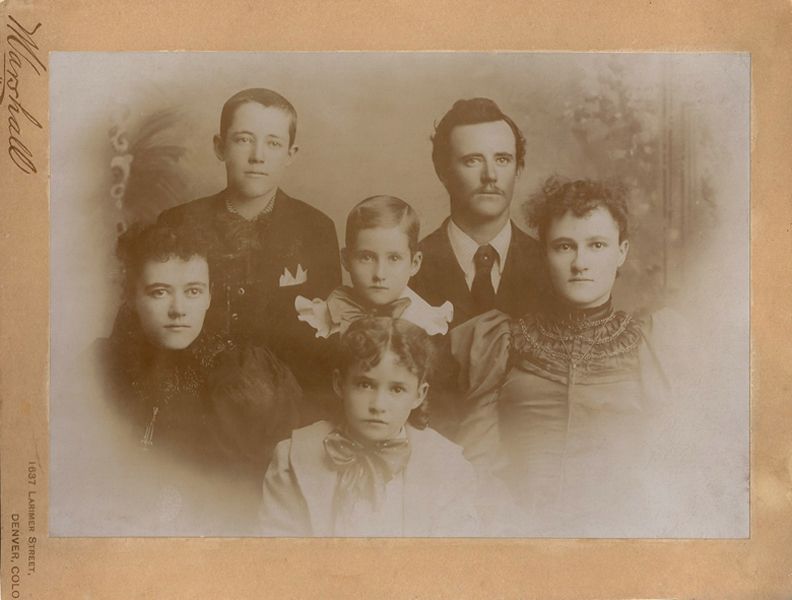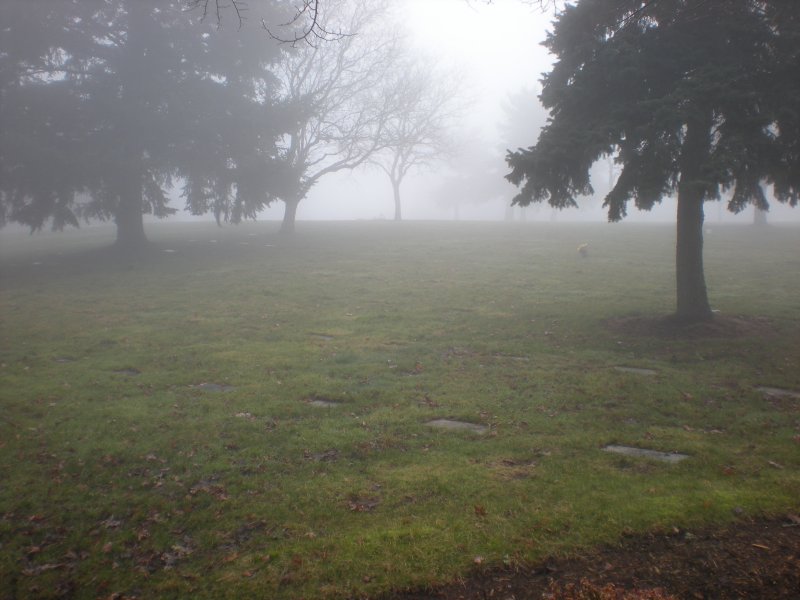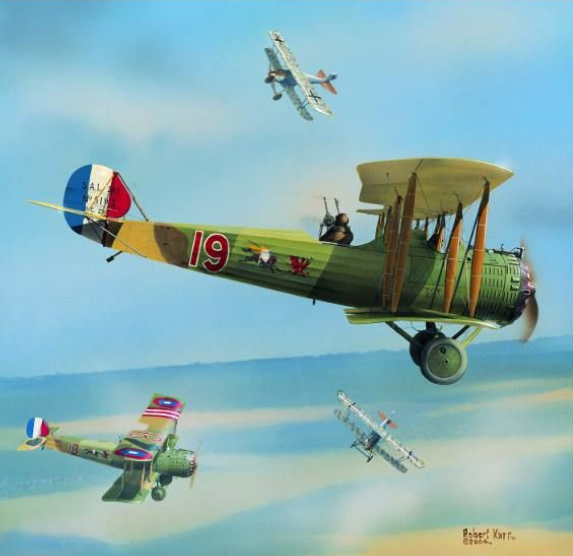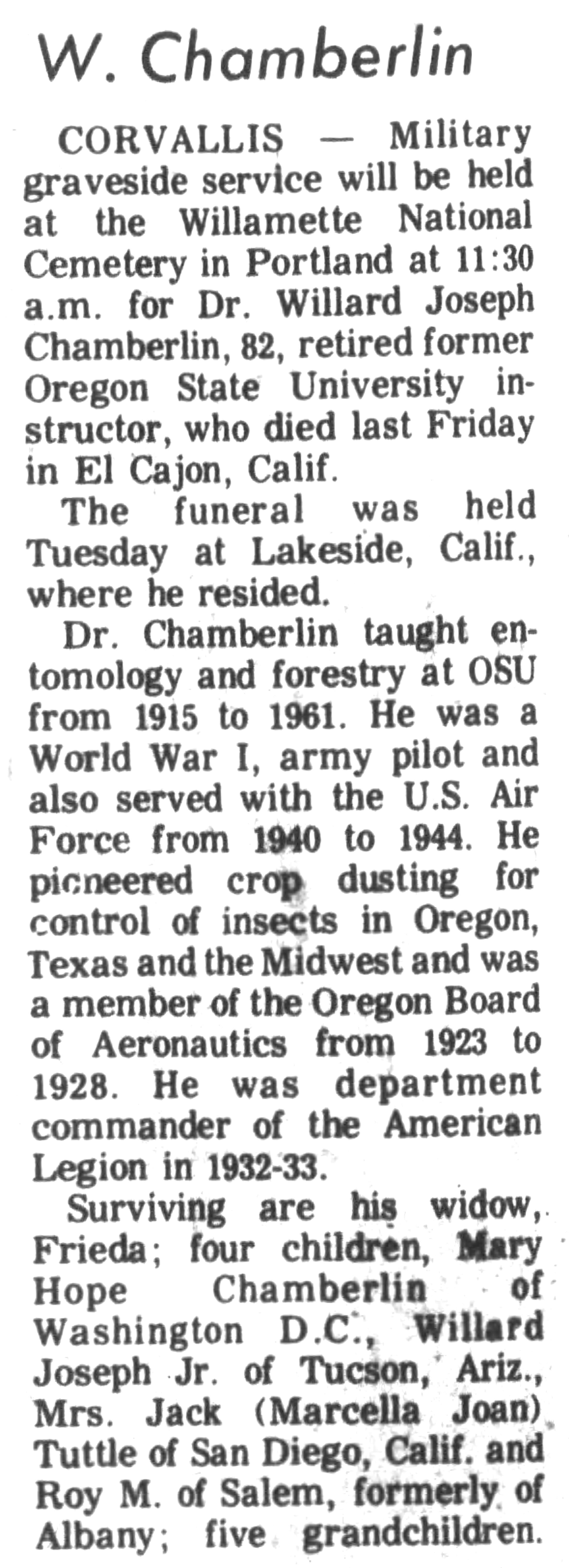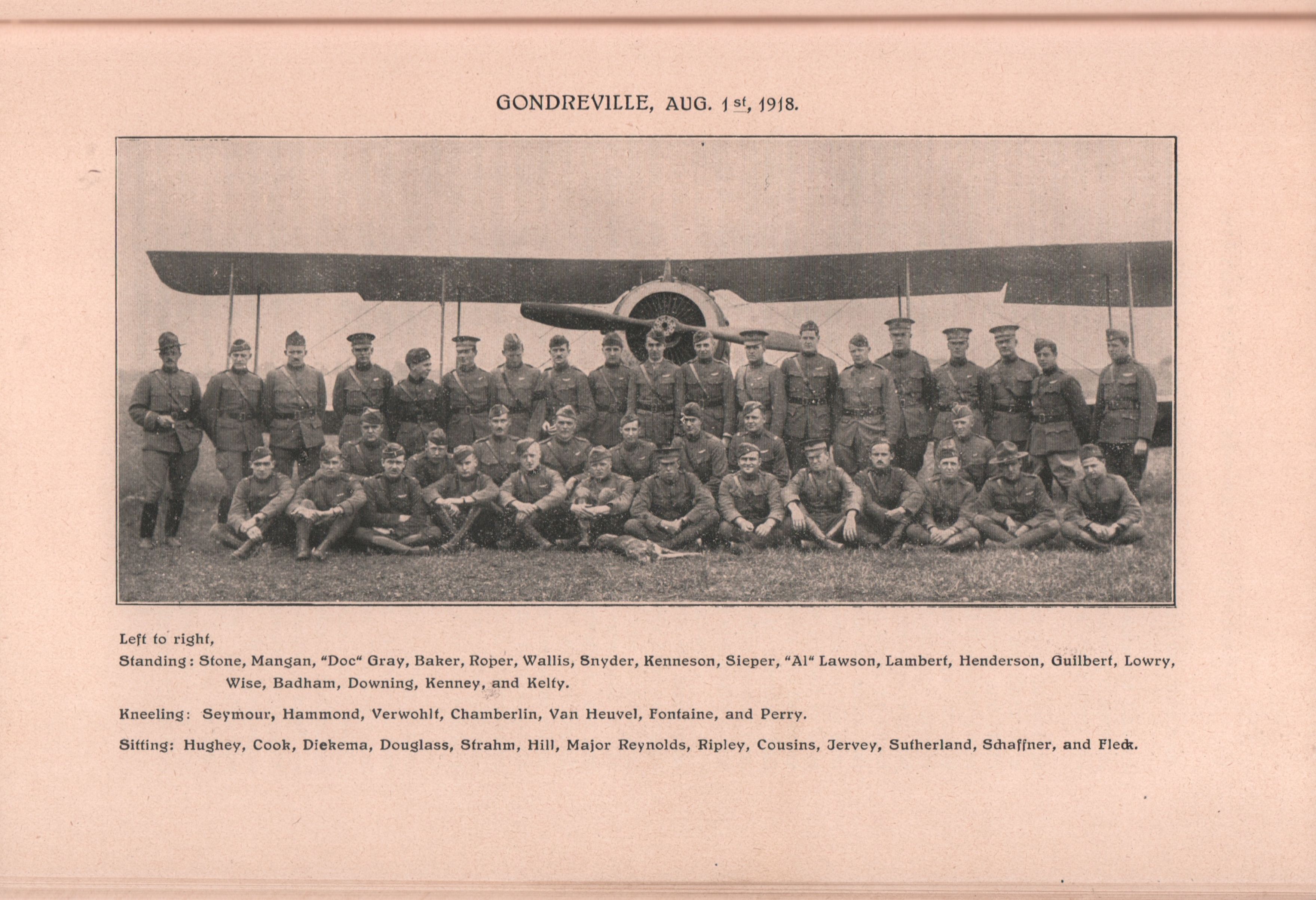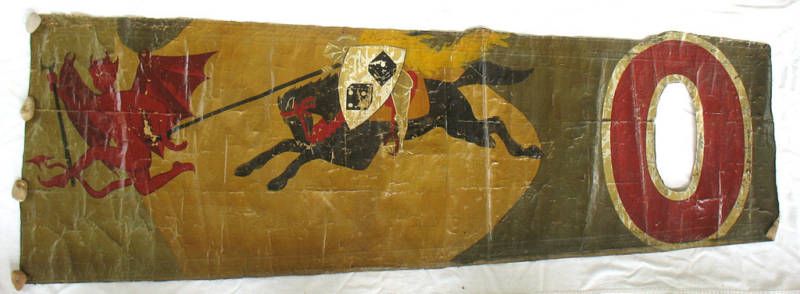Died: at age 82; emphysema, arthritis
Military: WWI (Officer in United States Air Service, pilot)
WWII (U.S. Army Air Corps, Major)
Occupation: Entomology Professor at Oregon State University; helped produce first crop duster
Author: Entomological books
Avocation: Avid stamp collector, woodworker/finisher
Married: April 12, 1917, FRIEDA LOIS JONES, Corvallis, Benton Co., Oregon
Four children:
1. Mary Hope "Hope" CHAMBERLIN
1917 - 1974
2. Willard Joseph CHAMBERLIN, Jr.
1920 - 1988
3. Marcella Joan "Jo" CHAMBERLIN
1923 - 2014
4. Roy Morgan CHAMBERLIN
1926 - 1999
============
After his completion of pilot training during World War I, Willard Joseph Chamberlin was assigned as a Pilot to the 141st Pursuit Squadron and was with that unit from 10 Jan 1918 to 8 Feb 1918. The 141st was not yet operational nor flying missions in France. Willard was reassigned and reported to the 91st Observation Squadron on 30 July 1918. The 91st was organized at Kelly Field in San Antonio, Texas on 20 Aug 1917. After training, the unit traveled to France landing on 15 Nov 1917. Unit training continued until 24 May 1918 when the squadron was issued French Salmson 2A2 observation planes and was sent to the Front. Their airborne purpose was typically to observe, photograph, and report enemy action and troop movements. With the front seat of the Salmson manned by the Pilot, the strategic purpose of the mission was performed by the Observer in the rear seat. The Observer's job included navigating, observing, photographing, calibrating the accuracy of friendly artillery, watching for enemy aircraft, and manning the rear machine gun. The unit's first flight over the lines occurred on 3 Jun 1918. While operating out of Gondreville, France, the squadron took part in the St. Mihiel drive. On 20 Sep 1918, the unit moved to Vavincourt (about 6 km north of Bar-le-Duc) and participated in the Meuse-Argonne offensive and sometimes flew as far as 50 km behind enemy lines. By the end of the War, Pilots of the 91st collectively engaged in a total of 139 combats and scored 21 victories (21 downed enemy aircraft). On 9 Oct 1918, 1Lt Chamberlin was credited with half of a victory (shared with another pilot). According to George C. Kenney of the 91st in the "History of the 91st Observation Squadron:" "On the 9th one of our formations of three ships was attacked by fourteen Fokkers in the neighborhood of Jametz, and after a fierce combat, in which we were finally driven from our course, and which lasted practically all the way back to Verdun, three enemy planes were brought down, with all three of our ships pretty well shot up, although none of the pilots or observers was hit. Kenney and Duncan, Delana and Merrill, and Chamberlin and Sieper, were the teams officially credited with the destruction of the enemy planes."
-----WWI Sources-----
-- "Wings of Honor" by James J. Sloan, Jr. Schiffer Military History; Atglen, PA: 1994. Pages 183 and 423.
-- "U.S. Air Service Victory Credits," Historical Research Division, Air University, Maxwell AFB, AL. June 1969.
-- "History of the 91st Aero Squadron, Air Service U.S.A.," by George Churchill Kenney and Horace Moss Guilbert. Gebruder Breuer; Coblenz, Germany: 1919. Pages 13-14, 28.
-- "World War I Aviation Books in English: An Annotated Bibliography," by James Philip Noffsinger. Scarecrow Press, Metuchen, NJ: 1987. Page 149.
In 1931, Willard "Joe" Chamberlin received a Ph.D. in Zoology from Stanford University. He became a professor of entomology (bugs) at Oregon State University at Corvallis and authored numerous articles and books on entomology: The Bark and Timber Beetles of North America North of Mexico (1939), Entomological Nomenclature and Literature (pub 1952). After WWI he helped produce the first crop duster airplane, combining his flying skills and his scientific knowledge of pests.
WWII: Served as a Major in the U.S. Air Force, in charge of cadet training in aircraft mechanics & photography, stationed in Colorado, Texas, Kansas, and Ohio. Badly injured from a forest fire patrol crash in 1936, he walked with a cane and had one shoe built up from the severe damage to his leg. He was referred to as "the flying professor."
============
Died: at age 82; emphysema, arthritis
Military: WWI (Officer in United States Air Service, pilot)
WWII (U.S. Army Air Corps, Major)
Occupation: Entomology Professor at Oregon State University; helped produce first crop duster
Author: Entomological books
Avocation: Avid stamp collector, woodworker/finisher
Married: April 12, 1917, FRIEDA LOIS JONES, Corvallis, Benton Co., Oregon
Four children:
1. Mary Hope "Hope" CHAMBERLIN
1917 - 1974
2. Willard Joseph CHAMBERLIN, Jr.
1920 - 1988
3. Marcella Joan "Jo" CHAMBERLIN
1923 - 2014
4. Roy Morgan CHAMBERLIN
1926 - 1999
============
After his completion of pilot training during World War I, Willard Joseph Chamberlin was assigned as a Pilot to the 141st Pursuit Squadron and was with that unit from 10 Jan 1918 to 8 Feb 1918. The 141st was not yet operational nor flying missions in France. Willard was reassigned and reported to the 91st Observation Squadron on 30 July 1918. The 91st was organized at Kelly Field in San Antonio, Texas on 20 Aug 1917. After training, the unit traveled to France landing on 15 Nov 1917. Unit training continued until 24 May 1918 when the squadron was issued French Salmson 2A2 observation planes and was sent to the Front. Their airborne purpose was typically to observe, photograph, and report enemy action and troop movements. With the front seat of the Salmson manned by the Pilot, the strategic purpose of the mission was performed by the Observer in the rear seat. The Observer's job included navigating, observing, photographing, calibrating the accuracy of friendly artillery, watching for enemy aircraft, and manning the rear machine gun. The unit's first flight over the lines occurred on 3 Jun 1918. While operating out of Gondreville, France, the squadron took part in the St. Mihiel drive. On 20 Sep 1918, the unit moved to Vavincourt (about 6 km north of Bar-le-Duc) and participated in the Meuse-Argonne offensive and sometimes flew as far as 50 km behind enemy lines. By the end of the War, Pilots of the 91st collectively engaged in a total of 139 combats and scored 21 victories (21 downed enemy aircraft). On 9 Oct 1918, 1Lt Chamberlin was credited with half of a victory (shared with another pilot). According to George C. Kenney of the 91st in the "History of the 91st Observation Squadron:" "On the 9th one of our formations of three ships was attacked by fourteen Fokkers in the neighborhood of Jametz, and after a fierce combat, in which we were finally driven from our course, and which lasted practically all the way back to Verdun, three enemy planes were brought down, with all three of our ships pretty well shot up, although none of the pilots or observers was hit. Kenney and Duncan, Delana and Merrill, and Chamberlin and Sieper, were the teams officially credited with the destruction of the enemy planes."
-----WWI Sources-----
-- "Wings of Honor" by James J. Sloan, Jr. Schiffer Military History; Atglen, PA: 1994. Pages 183 and 423.
-- "U.S. Air Service Victory Credits," Historical Research Division, Air University, Maxwell AFB, AL. June 1969.
-- "History of the 91st Aero Squadron, Air Service U.S.A.," by George Churchill Kenney and Horace Moss Guilbert. Gebruder Breuer; Coblenz, Germany: 1919. Pages 13-14, 28.
-- "World War I Aviation Books in English: An Annotated Bibliography," by James Philip Noffsinger. Scarecrow Press, Metuchen, NJ: 1987. Page 149.
In 1931, Willard "Joe" Chamberlin received a Ph.D. in Zoology from Stanford University. He became a professor of entomology (bugs) at Oregon State University at Corvallis and authored numerous articles and books on entomology: The Bark and Timber Beetles of North America North of Mexico (1939), Entomological Nomenclature and Literature (pub 1952). After WWI he helped produce the first crop duster airplane, combining his flying skills and his scientific knowledge of pests.
WWII: Served as a Major in the U.S. Air Force, in charge of cadet training in aircraft mechanics & photography, stationed in Colorado, Texas, Kansas, and Ohio. Badly injured from a forest fire patrol crash in 1936, he walked with a cane and had one shoe built up from the severe damage to his leg. He was referred to as "the flying professor."
============
Inscription
Willard's birth year on headstone may be incorrect. Both his WWI record and Social Security record confirm birth year as 1890 (information he would have supplied); his California death record and headstone reflect 1889 (information family would have given)
Gravesite Details
Buried: Dec 20, 1971
Family Members
Sponsored by Ancestry
Advertisement
Records on Ancestry
Advertisement
